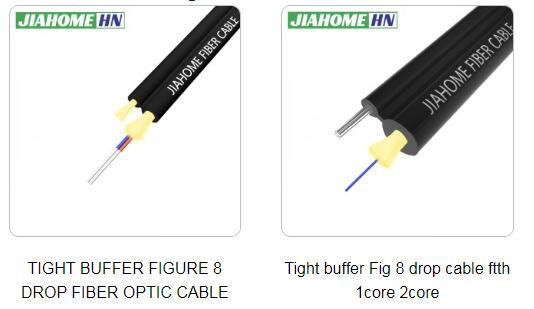What Are The Two Basic Fiber Optic Cable Structure?
Structure: In loose-tube cables, the optical fibers are encased in a loose, protective tube. This tube can contain several fibers and is filled with a gel or water-blocking material to protect the fibers from moisture and environmental conditions.
Applications: Loose-tube cables are commonly used in outdoor environments, such as in underground or aerial installations, because of their robust protection against harsh conditions.
Structure: In tight-buffered cables, each optical fiber is individually coated with a buffer material that adheres tightly to the fiber. This structure typically makes the cable more compact and easier to handle.
Applications: Tight-buffered cables are often used in indoor applications, such as building interconnections or short-distance fiber runs, because of their flexibility and ease of termination.
What Are The Key Differences Between These 2 Structures?
1.Loose Tube Cable:
- Contains multiple fibers encased in a tube filled with water-resistant gel
- ldeal for outdoor use
- Provides better protection against environmental factors like moisture
2.Tight Buffered Cable:
- The fiber itself is coated with a protective layer
- Suitable for indoor applications
- Provides more direct fiber protection
So, the 2 main structural designs are tight buffered and loose tube, with the fibers themselves typically being either tight buffered or coated/bare.
Post time: Jul-18-2024



